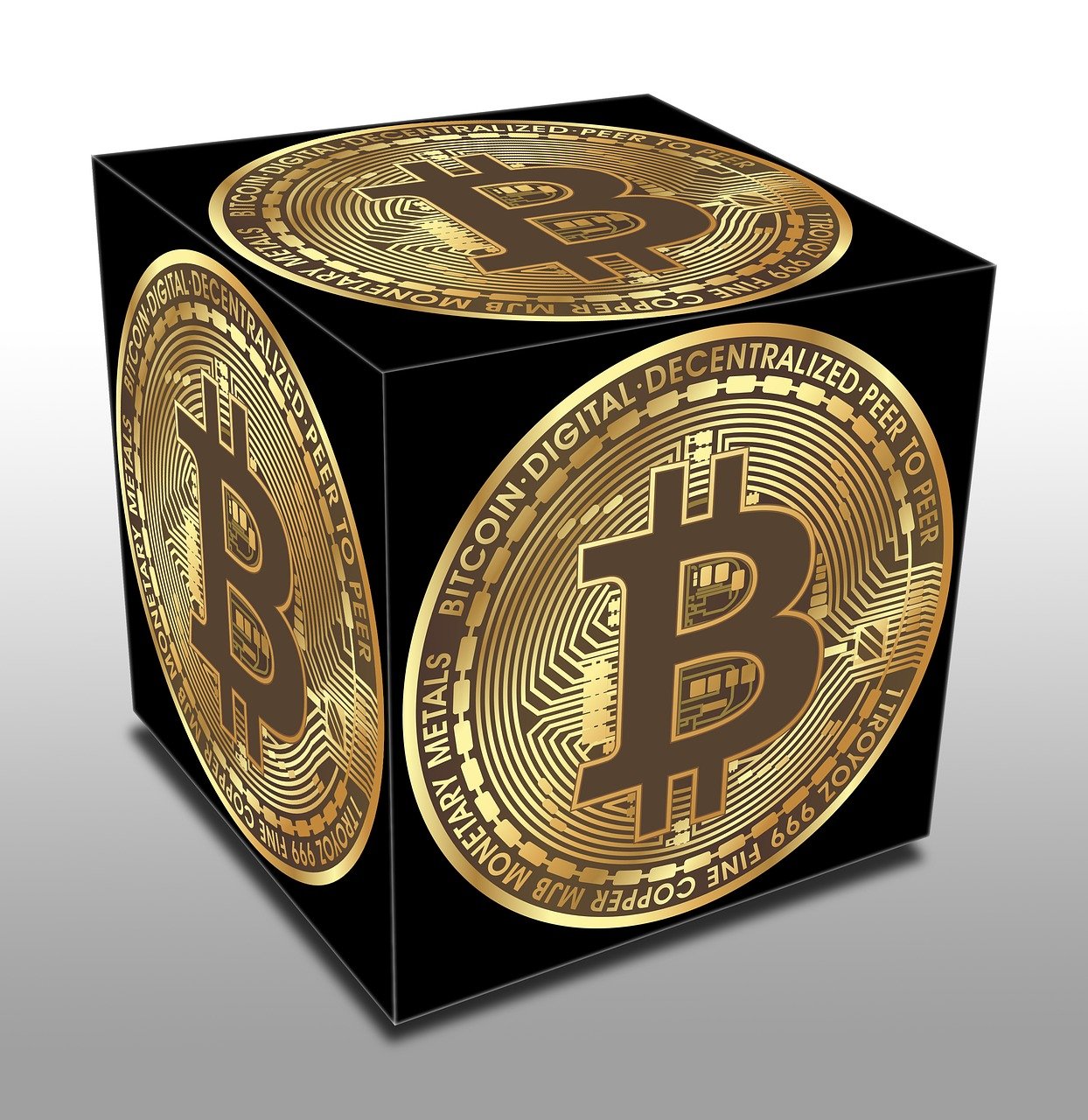
Jessie A Ellis Oct 25, 2024 10:18
Solana has recovered from its initial setbacks and secured a niche on the payments and consumer markets. The blockchain is evolving despite growing competition.
Since its launch, Solana has made great strides. It is a high-performance, user-centric blockchain that is known for its low-latency design. Despite initial challenges, such as network failures and a strong affiliation with the now defunct FTX Exchange, Solana managed to carve out a niche for itself in mobile and consumer markets, payments, Decentralized Physical Infrastructure (DePIN), and payments. Galaxy.com reports that the blockchain is facing increasing competition in its quest to remain one of the most efficient and fastest platforms.
Background and Innovations
Solana, founded by Anatoly Yakhenko and Raj Gokal to solve the scaling issues of Ethereum, was created with a focus on speed and information transmission. Its core principles are based on hardware-based scaling and the Proof-of-History mechanism. Solana has been able to achieve high transaction throughput and fast confirmations thanks to these attributes, despite challenges like spam-induced congestion.
Technological Advancements
Solana implemented local fee markets and QUIC in order to improve communication between nodes. Jump Crypto has also developed the Firedancer validater client which will increase transactional throughput and reduce hardware requirements. Firedancer’s ability to process more than one million transactions per seconds could strengthen Solana’s reputation as being the fastest blockchain.
Expanding Ecosystem
Solana’s ecosystem has recovered following the FTX crash, attracting projects from various sectors. Memecoins, NFTs, and retail have all been driving user engagement. Solana Pay, on the other hand, is gaining momentum in the payments sector with partnerships like Visa and PayPal. DePIN has also seen significant growth. Projects like Helium, Render, and others have migrated to Solana because of its technology advantages.
Competitive Landscape
Solana's main competitors are Ethereum and Layer 2 Solutions, which provide modular blockchain infrastructure. Other high-performance blockchains, such as Aptos or Sui, are also emerging with similar optimizations. Solana needs to continue innovating and attracting new projects, particularly in the DePIN sector and payments.
Future Prospects
Solana will focus on increasing adoption by institutions, improving DePIN initiatives and expanding its payment solutions as it looks towards the future. Positive momentum is evident with the introduction of Token Extensions, and acceptance by regulatory entities such as New York State Department of Financial Services. Solana also needs to address the economics of validators and fee structures in order to guarantee sustainable growth and profitability.
Image Source: Shutterstock


